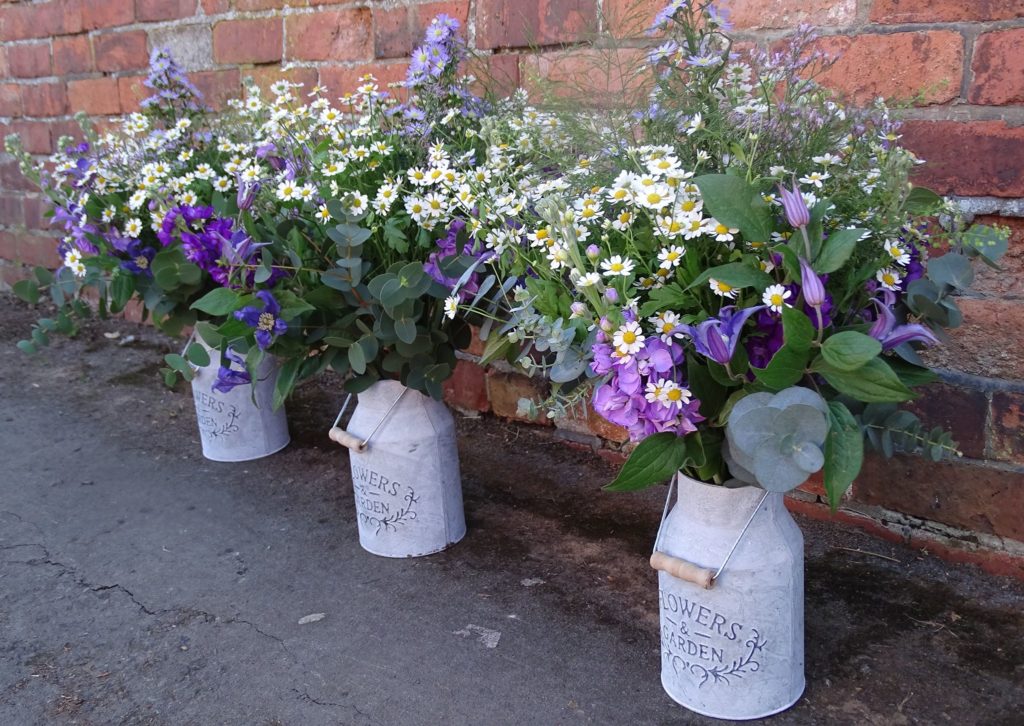The weather has changed and changed again but now is the time to start making plans in the garden.
Spring gardening is the answer to the winter blues. Early gardening invigorates the garden as the warmth of spring seems closer, real. Start planning your garden now and, as the early days of spring arrive, you will be ready to enjoy them by having everything ready for your next garden. A spring garden will give you more control over what you eat and reduce your grocery bill at the same time.

Basics: Order The Old Farmer’s Almanac, a reliable source of gardening information since the time of Benjamin Franklin. Buy a good pair of gardening gloves to protect your hands. Check out your gardening tools and equipment to make sure it is in good repair and ready to go. Sharpen or fix anything not in good working order. Plan your garden and buy your seeds.
Indoor starts: Beginning in late March through April, start seedlings in your house. From bell pepper to tomatoes, you can start growing plants in your kitchen window, waiting for the time to safely transplant them outdoors. Check out the Reader’s Digest version on which plants to choose.
Compost: Start a compost pile if you do not have one. Start a pile in the backyard. The government has an excellent article on composting, telling you everything you need to know to get started. If you already have a compost pile, turn it and add more compost material.
Preparation of soil: Remove any traces of weeds from your garden area. This is a great activity for the entire family. Remove any heavy winter mulch you may have added around your plants last fall. Add fertilizer to the soil and cover it with fresh mulch. Add fertilizer and mulch around any trees and bushes that already exist in your garden.
Prepare new garden areas by using a rototiller on the space. Using a rototiller, aerates the soil by turning it over. It can also remove the presence of weeds over a large amount of space. For the best results when you rototill your plot, read these directions and tips.
Bulbs: Springtime is the best time to plant bulbs. Check your weather and make sure to place them in the ground after the last freeze date. Bulbs should be planted with the pointed side, or stem side, up. They should be planted about three times deeper than their diameter. If a bulb has a diameter of two inches, plant it six inches under the surface.
Pruning: Prune existing plants in the very early spring. This is a dormant time for the plant and is the best time for most plants. Check here to see if spring is a good time to prune your specific plant type before you make the first cut.
Planting: Spring is the best time to start a new lawn or reseed an existing lawn with bald spots. Rake the entire area. Check the soil for acidity. The soil needs to be neutral. Prepare the soil and plant the seeds. Keep the new lawn watered and make sure no one walks across it too early.
Roses and other flowering plants do well when they are planted in the spring. For seeded plants, check the seasonal chart on the back of the package to assess whether they should be planted in early, middle, or late spring.
Food: Visit Mother Earth News for a list of seeds and when to plant them. Plants like tomatoes, broccoli, cauliflower, chard, cabbage, and other leaf crops can be started indoors and transplanted when the weather warms. You can also start, squash and cucumbers inside first. If you need a gardening fix, some of these plants can be started as early as February.
Gardening is the perfect way to enjoy the change in seasons. It is the action of the moment with the hope of a wonderful garden in the future.




